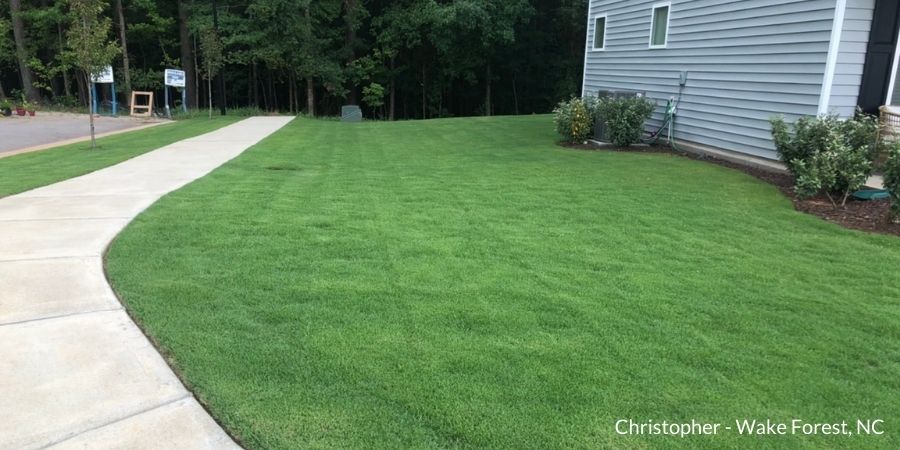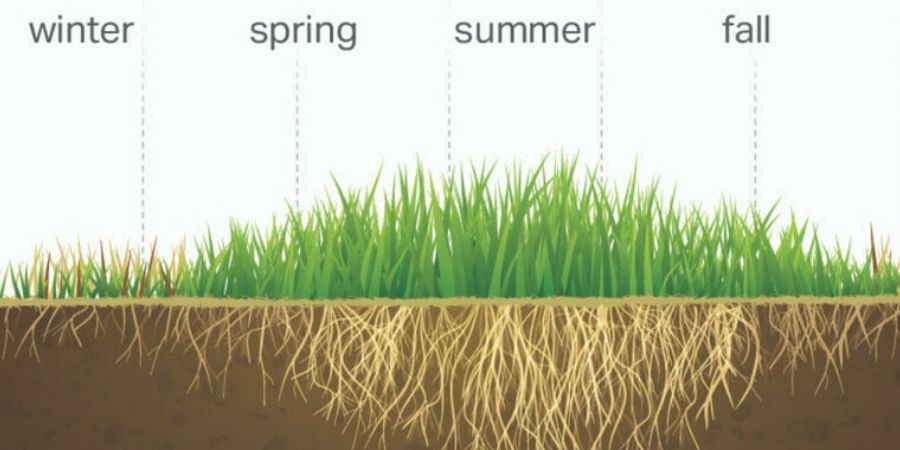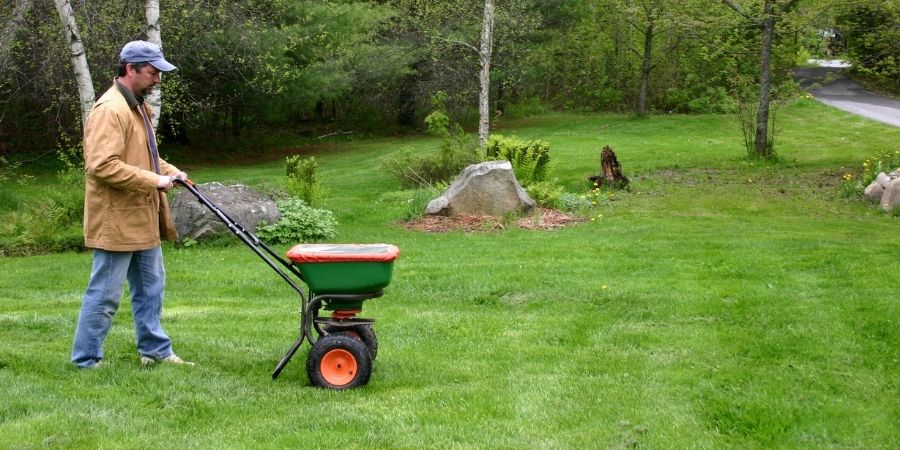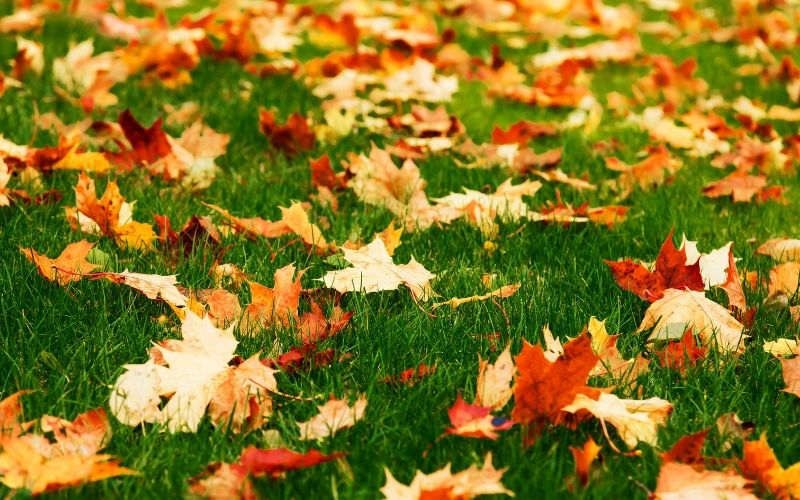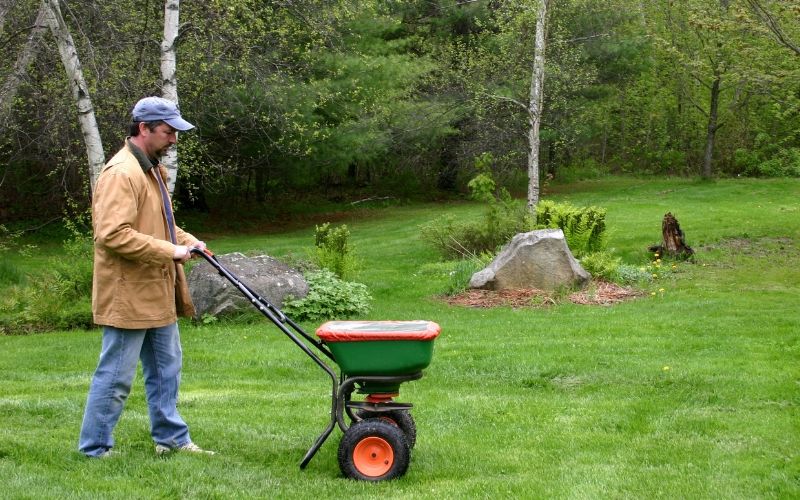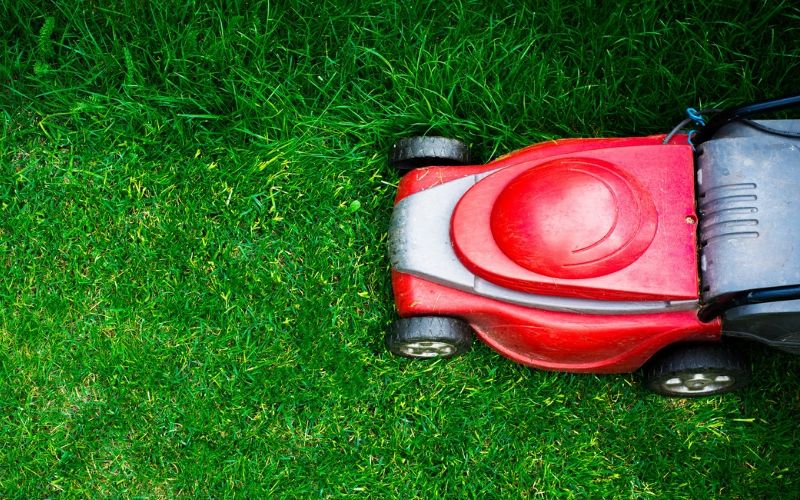Fall Lawn Care
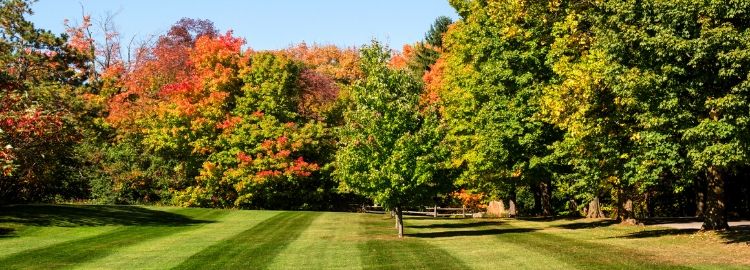
Tend to Your Lawn in the Fall
Help your lawn recover from summer stress by tending to it this fall. You’ll have a greener, healthier lawn in the spring.
Fall Lawn Fertilization
If you only fertilize once a year, fall is the best and most important time. You’ll be feeding your lawn and allowing it to build up a food reserve as winter approaches. The roots will be strong and healthy, and your lawn will be better prepared to green up quickly in spring. In the north, we recommend applying Milorganite® around Labor Day and once again around Thanksgiving, before the first major freeze or snowfall. In the south, apply Milorganite around Labor Day and again in early-October, or fertilize in conjunction with overseeding.
Dethatch
Thatch is made up of natural materials that collect in your lawn and creates a dense mat. If there’s more than one inch of thatch, it can be a barrier to water, nutrients and air from reaching the roots of grass, which are necessary for a health lawn. In the north, it’s best to dethach in late summer or early fall. In the south, dethatch in late spring while temperatures are still cooler and grass is actively growing. Use a hand or power dethatcher depending on the area of your lawn.
Aerate
Air is essential for a healthy lawn and, just as dethatching allows air to get to the roots of grass, core aeration gets even more air to the roots. It also alleviates soil compaction, encourages the uptake of nutrients, and even helps breakdown lesser amounts of thatch.
If your lawn looks thin or weak in high-traffic areas or the thatch layer is greater than one inch above the soil surface, it’s time to aerate. Aeration is best done in the fall for northern grasses and in mid-spring to early summer for southern grasses. After aerating your lawn is an excellent time to overseed and fertilize.
Overseed
Overseeding your lawn helps increase its density, and improves its overall health and appearance. The best time to overseed lawns in the north is typically late August to mid-September. In the south, overseed when daytime temperatures are consistently in the low- to mid-70s F. Use four (4) parts Milorganite to one (1) part grass seed by weight and distribute using a spreader.
If you’d like to reseed bare patches in your lawn, rake out the existing dead grass, loosen the soil, add some top soil or fine compost along with Milorganite and grass seed (4:1 ration by weight), gently rake it in and water.
Hold off on applying a pre-emergent herbicide to rid your lawn of weeds as most cannot be applied for 6–8 weeks after seeding. Follow label directions carefully.
Sod
Fall is an excellent time for sodding small areas or your entire lawn. The temperatures are cooler so it won’t dry out as quickly as in warmer weather. Apply Milorganite at the suggested rate before and after laying the sod. For complete instructions, see Milorganite’s video on how to lay sod.
Sodding Tip: Spread a little top soil over the seams where the rolls of sod meet. This encourages the rolls to grow together more quickly and keeps the seams from drying out.
Weed Control
September and October are the best months to control perennial broadleaf weeds such as dandelions, creeping Charlie, and clover. Consider removing weeds by hand and make sure to remove the entire root. Sometimes even a little bit remaining root will produce another weed. Another option is to spot treat weeds with an herbicide, carefully following directions. If you overseed your lawn in fall, most herbicides cannot be applied within 6–8 weeks.
Here are some eco-friendly weed control tips from gardening expert, Melinda Myers.
Mowing
Once cooler fall temperatures arrive, mow your lawn at the highest setting possible on your mower until the lawn begins to go dormant. Once the lawn is dormant, you can drop the mowing height to 2" for northern grasses and 1" for southern grasses.
Recycle Leaves
After leaves have fallen, rather than rake them up, make several passes with your lawn mower to mulch them until finely chopped—about the size of a quarter. You should still be able to see the lawn through the chopped leaves. The leaves will slowly decompose and add valuable nitrogen and organic matter to the soil.
Watering
As long as your lawn is growing it needs water. So even though the temperature is starting to drop, make sure your lawn continues to get one inch of water every week either from rain or irrigation.
Lawn Articles
Lawn Care Videos
Related Lawn Tips
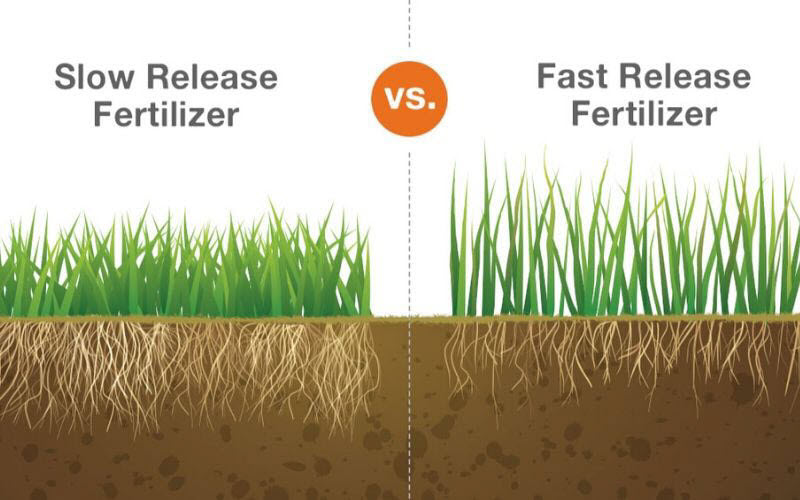
Organic vs. Synthetic Fertilizer
Learn the differences and benefits of organic and synthetic fertilizers.

